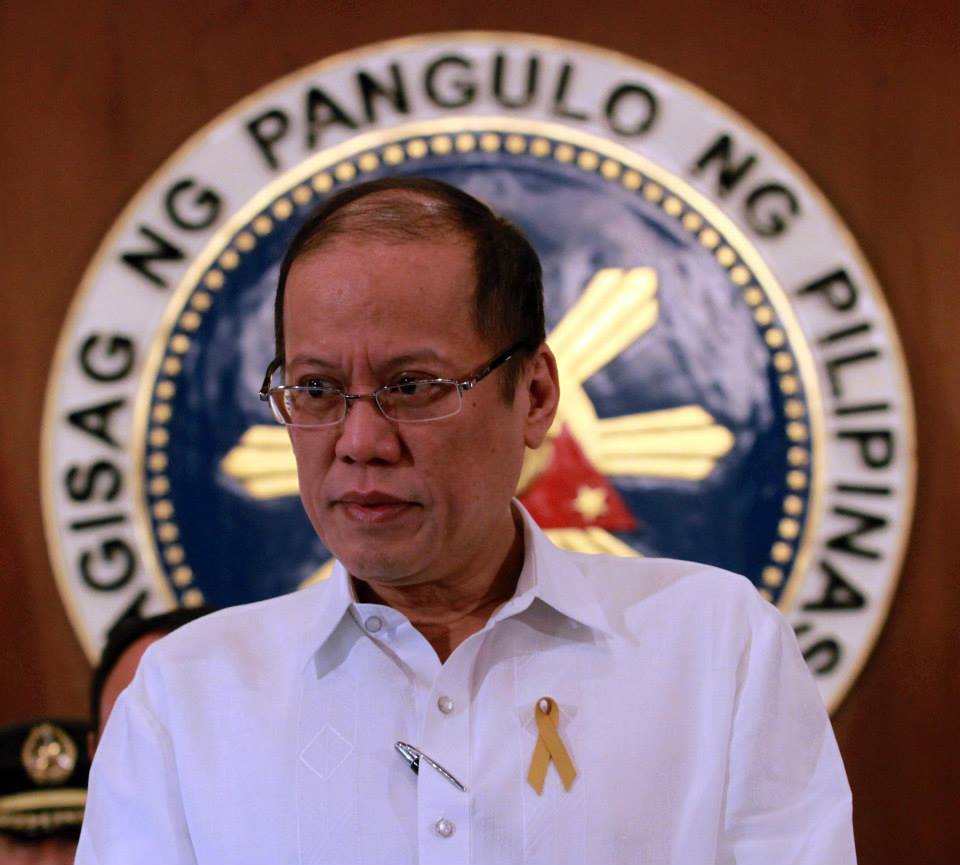This is a three-part dissection of the Philippine economy. This is Part 2.

MANILA – Filipinos are in for even harder times.
If you are to ask economic analysts, it seems that the next few years will continue to look even grimmer for the Philippines.
As the working class Juan and Juana continue to slave half a day (or more) at work, his/her household tiptoes along the poverty line—trying its best to balance work and make ends meet without falling where millions of Filipino families have an even more difficult life: A life below the poverty mark.
READ: The Economic Intelligence Unit Report (Part 1)
‘Robust’ might be too strong a word
When it comes to the real state of the Philippine economy, ‘robust’ might be too strong a word.
In a statement released by IBON News in March 2015, IBON challenged President Benigno Simeon Aquino III’s speech highlighting the country’s “robust” economic growth.
IBON News is a non-profit research group and development organization that seeks to promote an understanding of socioeconomics.
According to IBON, “the Philippine development performance still compares poorly with its neighbors in the region. This is despite having the fastest economic growth in Southeast Asia and record foreign direct investment (FDI).”
In the same statement, IBON mentioned that the “country’s performance is not as exceptional as with other ASEAN countries” in terms of the unemployment rate, poverty, and the so-called human development index (HDI), which is a collective term for “health, education, and income indicators.”
At the time the statement was released, the Philippines ranked in seventh place when it comes to HDI improvement. Neighboring countries like Cambodia, Indonesia, and Vietnam have overtaken the Pearl of the Orient when it comes to said indicators.
IBON said the country’s “overall economic growth has been slowing” down, despite Aquino’s claims of “impressive growth and all-time high FDI.” The Quezon City- based research group also highlighted “how the slowdown in growth reflected the artificial drivers of the relatively rapid growth in the last two years (i.e. real estate and construction).”
Citing data from the last two years, the statement pointed out that the economic growth rate went down from 7.2% in 2013 to 6.1% in 2014.
This significant decrease in economic growth is said to be an effect of internal turmoil due to the “absence of any major economic shock” like the 2008 global recession during Gloria Macapagal-Arroyo’s term, IBON added.
As per IBON, Aquino’s speech was nothing but a diversion tactic to divert the public’s attention from the issue menacing the Palace, like the tragic Mamasapano incident, which killed over 60 people, including 44 members of the Philippine National Police – Special Action Force (PNP-SAF).
“Malacanang has been emphasizing so-called economic successes in its effort to counter growing public criticism over the Mamasapano fiasco, the controversy over the pork barrel and Disbursement Acceleration Program (DAP).”
READ: The rich gets richer, the poor gets poorer (Part 3)
Author’s Note: Exchange rates as of July 20, 2015.
2 comments on “The Economic Disparity in the Philippines: ‘Robust’ might be too strong a word”
Comments are closed.